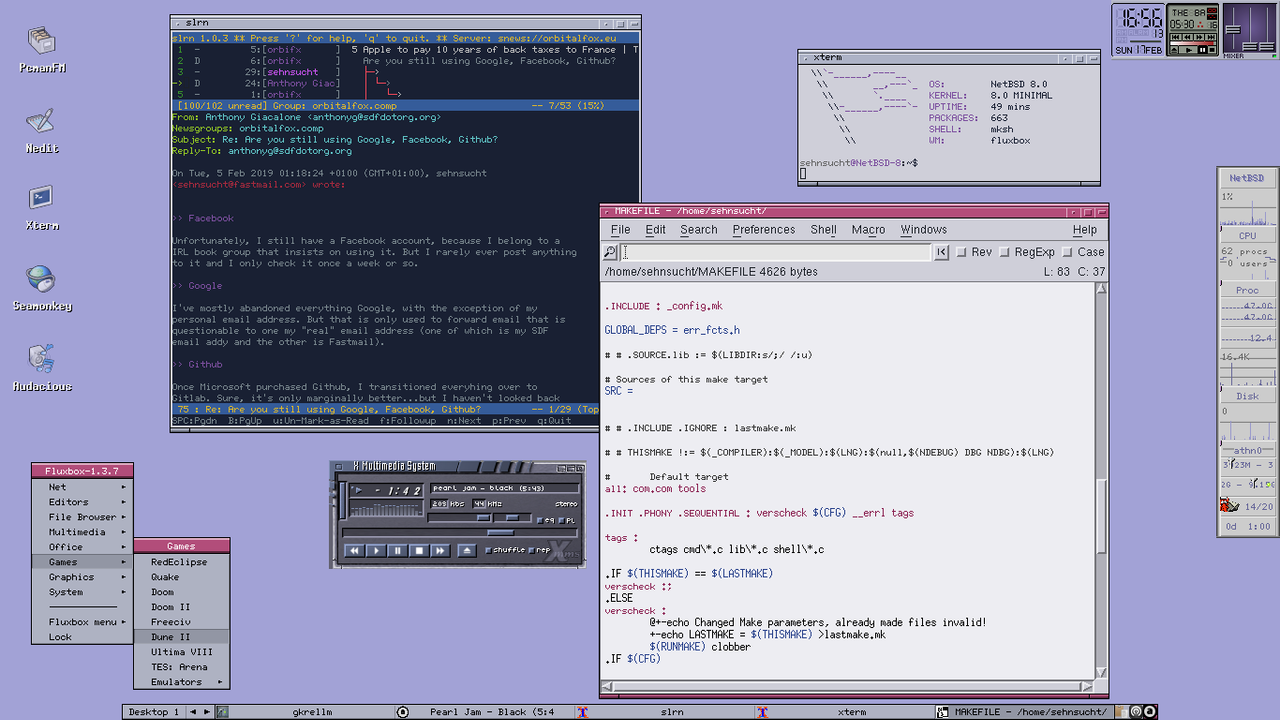

- ASCII NULL NEDIT SOFTWARE
- ASCII NULL NEDIT CODE
- ASCII NULL NEDIT FREE
Example to calculate length of the string #include // this header file contains string functions
ASCII NULL NEDIT CODE
Example code to understand string functions in C Printf("The last name of the person is %s.", last_name) // displaying string using printf function Scanf("%s", last_name) // reading input string from the user using scanf function Printf("Please Enter the last name of the person: ") // Asking for first name from the user Puts(first_name) // displaying string using puts functionĬhar last_name // declaration of last_name string Printf("The first name of the person is: ") Printf("Please Enter the first name of the person: ") // Asking for first name from the userįgets(first_name, sizeof(first_name), stdin) // reading input string from the user using fgets function Example of reading a string using fgets and displaying string using putsĬhar first_name // declaration of first_name string Example code to explain valid string declaration using double quotesĬhar name1 = "my example string1" // string name1 is defined using double quotes which is validĬhar name2 = 'my example string2' // string name2 is defined using single quotes which is not valid This will throw an error

Examples to Implement String in Cīelow is the example to implement: Example #1

Please refer to example code 3 to understand the string functions.
 strcat(): This function is used to concatenate two strings. strcmp: This function is used to compare two strings. strcpy(): This function is used to copy a string. strlen(): This function is used to calculate the length of the given string. Example code 2 shows how a string can be read and display using these two methods.īelow are commonly used string functions: To read a string from the user, scanf() or gets() function is used and to display the string, puts() or printf() can be used. For example, have a look at example code 1 to understand this concept.Ĭhar string_name = “mystring” // this is allowed because string is defined with double quotesĬhar string_name = ‘mystring’ // this is not allowed because string is defined with single quotes It is defined using double quotes and it will give an error if we define string using the single quote. “\0” character stored at the end of the string is very helpful to identify the end of the string. The below example shows how “MYSTRING” is stored in C with the null character “\0” at the end of the string. Different ways to initialize a string in CĬhar string_name = “mystring” // string assignment to string_nameĬhar string_name = Įxplanation: All the above-mentioned methods assign string “mystring” to a string variable named string_name. Please have a look at below different examples that show different ways to initialize a string in C. There are different ways to initialize strings in C. This indicates the end character of every string. Here please note that the null character “\0” is stored additionally at the end of the string. “size_str” is the size of the string named as string_name. The basic syntax to declare as shown below:Ĭhar string_name // Defining string_name with size of size_strĮxplanation: The “string_name” is the name which is given to string.
strcat(): This function is used to concatenate two strings. strcmp: This function is used to compare two strings. strcpy(): This function is used to copy a string. strlen(): This function is used to calculate the length of the given string. Example code 2 shows how a string can be read and display using these two methods.īelow are commonly used string functions: To read a string from the user, scanf() or gets() function is used and to display the string, puts() or printf() can be used. For example, have a look at example code 1 to understand this concept.Ĭhar string_name = “mystring” // this is allowed because string is defined with double quotesĬhar string_name = ‘mystring’ // this is not allowed because string is defined with single quotes It is defined using double quotes and it will give an error if we define string using the single quote. “\0” character stored at the end of the string is very helpful to identify the end of the string. The below example shows how “MYSTRING” is stored in C with the null character “\0” at the end of the string. Different ways to initialize a string in CĬhar string_name = “mystring” // string assignment to string_nameĬhar string_name = Įxplanation: All the above-mentioned methods assign string “mystring” to a string variable named string_name. Please have a look at below different examples that show different ways to initialize a string in C. There are different ways to initialize strings in C. This indicates the end character of every string. Here please note that the null character “\0” is stored additionally at the end of the string. “size_str” is the size of the string named as string_name. The basic syntax to declare as shown below:Ĭhar string_name // Defining string_name with size of size_strĮxplanation: The “string_name” is the name which is given to string. ASCII NULL NEDIT SOFTWARE
Web development, programming languages, Software testing & others
ASCII NULL NEDIT FREE
Start Your Free Software Development Course








 0 kommentar(er)
0 kommentar(er)
